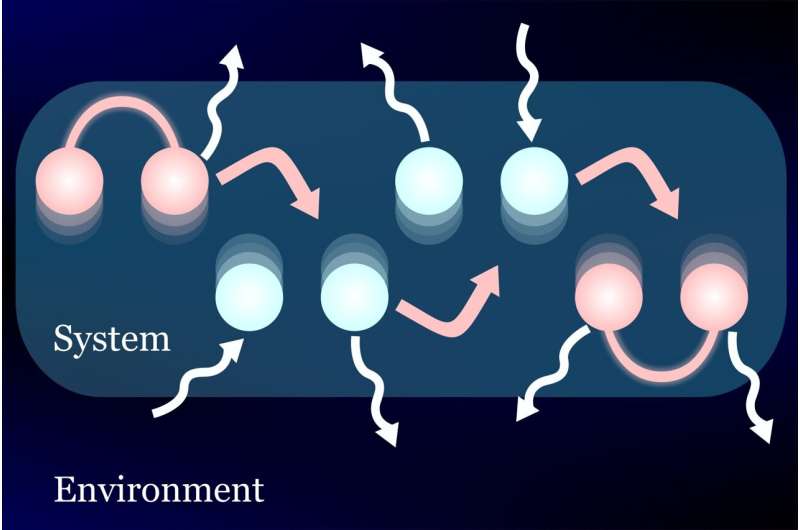Keith’s note: I just got an update from KeepTheShuttle. OMB wants NASA and the Smithsonian to figure out how to cut Space Shuttle Discovery apart into pieces to move it. As you will recall that option was ruled out when Space Shuttle Endeavour was moved to Los Angeles on the now-defunct 747 carrier and then moved through the streets where utilities were moved and trees were cut down. Every effort was taken to preserve the integrity of this historic space ship. Now Texas Senators Ted Cruz and John Cornyn are only interested in snagging a tourist attraction – not a precious historic relic that deserves to be preserved – and certainly not chopped up like a leftover exhibit from a state fair and tossed on a flatbed. Full statement below.
[…]
This development is unprecedented and alarming. NASA did not design the shuttle orbiters to be disassembled, and complicating factors include the shuttle’s aluminum frame, ~24,000 delicate ceramic tiles that coat the shuttle’s underside (the black part), and ~2,000 thermal insulation fabric blankets that coat the rest of the shuttle (the white part). Disassembling Discovery would cause significant and irreparable damage to these and other portions of the shuttle.
Discovery also holds particular value, as the shuttle was specially preserved to serve as a future reference for researchers. To quote Dennis Jenkins, who was the director of NASA’s program to retire the shuttle fleet “We spent a lot of time and money to preserve Discovery in as near to flight condition as we could to put it in the national collection, so that any future engineer or historian has a reference vehicle to look at, measure or do whatever they need”. The process that the White House is now asking the Smithsonian and NASA to explore would permanently ruin this work and significantly hamper the ability of future generations to study and learn from Discovery.
The letter also references that NASA and the Smithsonian are in agreement that the cost to move Discovery to Houston would, at minimum, be between $120 million and $150 million, exclusive of the cost of building a new exhibit in Houston. This number significantly exceeds the $85 million authorized for the relocation and a new exhibit by the OBBBA, and indicates that additional taxpayer funding will be necessary. A
[…]
Letter from the Smithsonian to Congressional Authorizing & Appropriating Committees:
“The Smithsonian has been asked by OMB to work with NASA to prepare to move the Discovery space shuttle to Houston, TX, within the 18 months specified in the reconciliation bill signed into law on July 4, 2025. The bill does not specifically mention Discovery as the designated vehicle for relocation, and its terms could include any number of space vehicles, but the administration is interpreting the law as sufficiently specific to move forward with the transfer of Discovery. The Smithsonian and NASA have been asked to begin by verifying the actual costs associated with the move.
While an engineering study will be necessary due to the size and weight of the space vehicle, both NASA and the Smithsonian believe that Discovery will have to undergo significant disassembly to be moved.
[…]
NASA transferred “all rights, title, interest and ownership” of the shuttle to the Smithsonian. We remain concerned about the unprecedented nature of a removal of an object from the national collection, and that we would be causing damage to the most intact orbiter from the space shuttle program
[…]
Source: Senators Cruz and Cornyn Want To Chop Up Space Shuttle Discovery – NASA Watch

